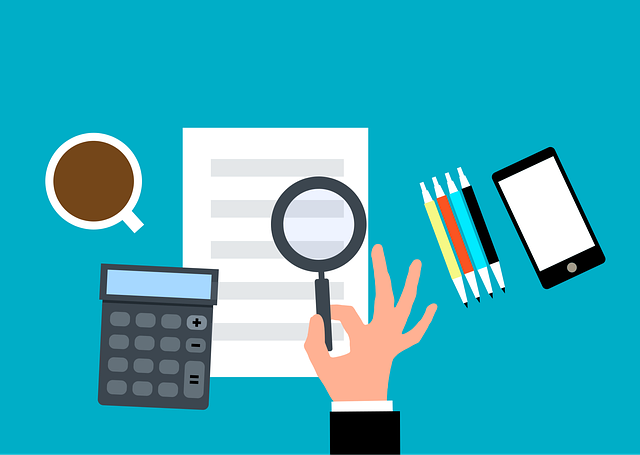In real estate, maximizing cost savings throughout a property's lifecycle is crucial for higher investment returns. This includes implementing energy-efficient tech and regular maintenance to reduce utility bills and prevent costly repairs. Strategic negotiations with service providers and timely major renovations further mitigate expenses. By focusing on these areas, owners can significantly impact their bottom line while ensuring the property's long-term value and livability.
In the competitive landscape of real estate, understanding and optimizing ownership costs is paramount for investors and property managers. This article delves into three strategic areas that significantly impact overall expenses: identifying key cost-saving opportunities in real estate, implementing efficient maintenance practices, and leveraging technology for optimization. By exploring these sections, readers will gain insights into practical strategies to reduce costs, enhance property value, and stay ahead in the dynamic market.
Identifying Key Areas of Cost Savings in Real Estate

In the realm of real estate, identifying key areas of cost savings is a strategic move for owners aiming to optimize their investment returns. A thorough analysis of various aspects within the property’s lifecycle can unveil significant opportunities to reduce overall ownership expenses. For instance, efficient energy management through smart home technology and insulation upgrades not only lowers utility bills but also enhances the property’s sustainability profile.
Additionally, regular maintenance routines targeting structural integrity and pest control can prevent costly repairs down the line. Negotiating favorable terms with service providers and vendors, along with strategic timing for major renovations, can further mitigate expenses. By focusing on these areas, real estate owners can significantly impact their bottom line while ensuring the property’s long-term value and livability.
– Exploring areas where costs can be optimized

In the realm of real estate, understanding where to optimize costs is a game-changer for owners looking to significantly impact their overall expenses. One area to focus on is operational efficiency. By implementing simple yet effective strategies, such as energy-efficient appliances and smart home technology, property owners can reduce utility bills substantially over time. Additionally, regular maintenance checks can prevent costly repairs down the line, ensuring the property remains in top condition.
Another aspect worth exploring is the negotiation of service contracts. Many real estate owners find savings by comparing prices for services like landscaping, cleaning, or security. Considering the competitive market for these services, there’s often room for bargaining, leading to more affordable long-term arrangements. These cost-saving measures not only ease financial burdens but also contribute to a well-maintained and budget-friendly living space.
– Examples of cost-saving strategies in property management

In real estate, implementing cost-saving strategies is essential for property managers aiming to reduce overall ownership costs. One such strategy involves regular maintenance and upgrades. Proactive maintenance schedules, including routine inspections and timely repairs, can prevent small issues from escalating into major, costly problems. Upgrading old systems, such as HVAC or plumbing, with energy-efficient models not only reduces utility bills but also enhances the property’s long-term value.
Additionally, optimizing tenant management processes can yield significant savings. Efficient screening of prospective tenants, effective rent collection methods, and streamlined move-in/move-out procedures minimize administrative burdens and potential financial losses. Leveraging technology for tasks like online rent payments, digital lease agreements, and automated communication streamlines operations, reduces staff time dedicated to these tasks, and enhances overall property management efficiency.






